Shereen Annmarie Vernon
Posts tagged with Library Student Engagement Ambassadors in Blog Student Stories
Showing 1 - 10 of 23 items
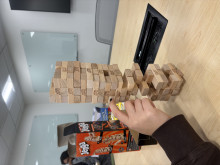
On Thursday, November 6th, the library student ambassadors hosted a spectacular Board Game Night on the 4th floor of the Shapiro Library!
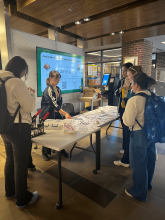
The Library Student Ambassadors hosted Pronoun Pin Day earlier this month in the Shapiro Lobby on Friday, October 10th, otherwise known as National Coming Out Day!
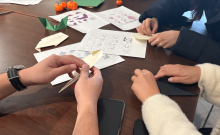
This Halloween, we went deep into the Hatcher Library stacks and the Hatcher Library lore with our Hatcher Haunts tours.
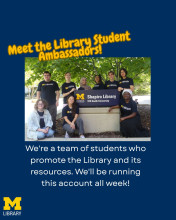
The Library Student Ambassadors hosted an “Instagram Takeover” of the @umichstudents Instagram account last week, sharing past and upcoming library events, what students can use the library for, as well as library resources students have access to.
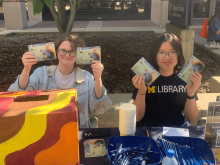
The library Student Ambassadors hosted the annual Postcard Writing event right outside the Shapiro Undergraduate Library on Friday, September 26th from 2-5 PM.
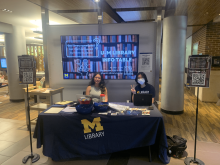
The Library Ambassadors held Info Tabling sessions for all students to learn more about the services the library has to offer.
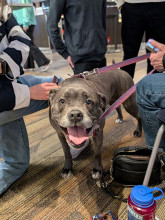
Students hung out with furry friends, made puppy-themed buttons, and picked up cool swag, like posters, sticky notes, and candy!
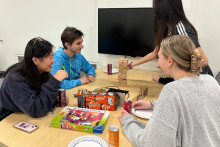
Students enjoyed an evening of board and video games in the Computer and Video Game Archive. Pop into the CVGA to play, and tell them the Ambassadors sent you!
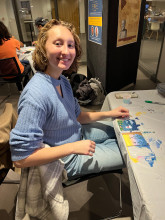
Students enjoyed (non-alcoholic) beverages as they created masterpieces on mini canvases at this artistic gathering.

This project, supported by the Library Engagement Fellows Program, asked itself: what are the needs and opportunities within graduate curricula in the humanities and social sciences for co-curricular digital scholarship education that could be offered by the University Michigan library? This project defines digital scholarship as “Scholarship enabled by and shared through digital media and tools, that is able to ask new questions through digital methods.” While there have been various past and current efforts related to digital scholarship (programming as well as initiatives to improve resources currently offered), this research project sought insight from graduate students in particular. Insight gathered from this project would provide the library with information on what graduate students need as well as possible changes that could be made to satisfy these needs.